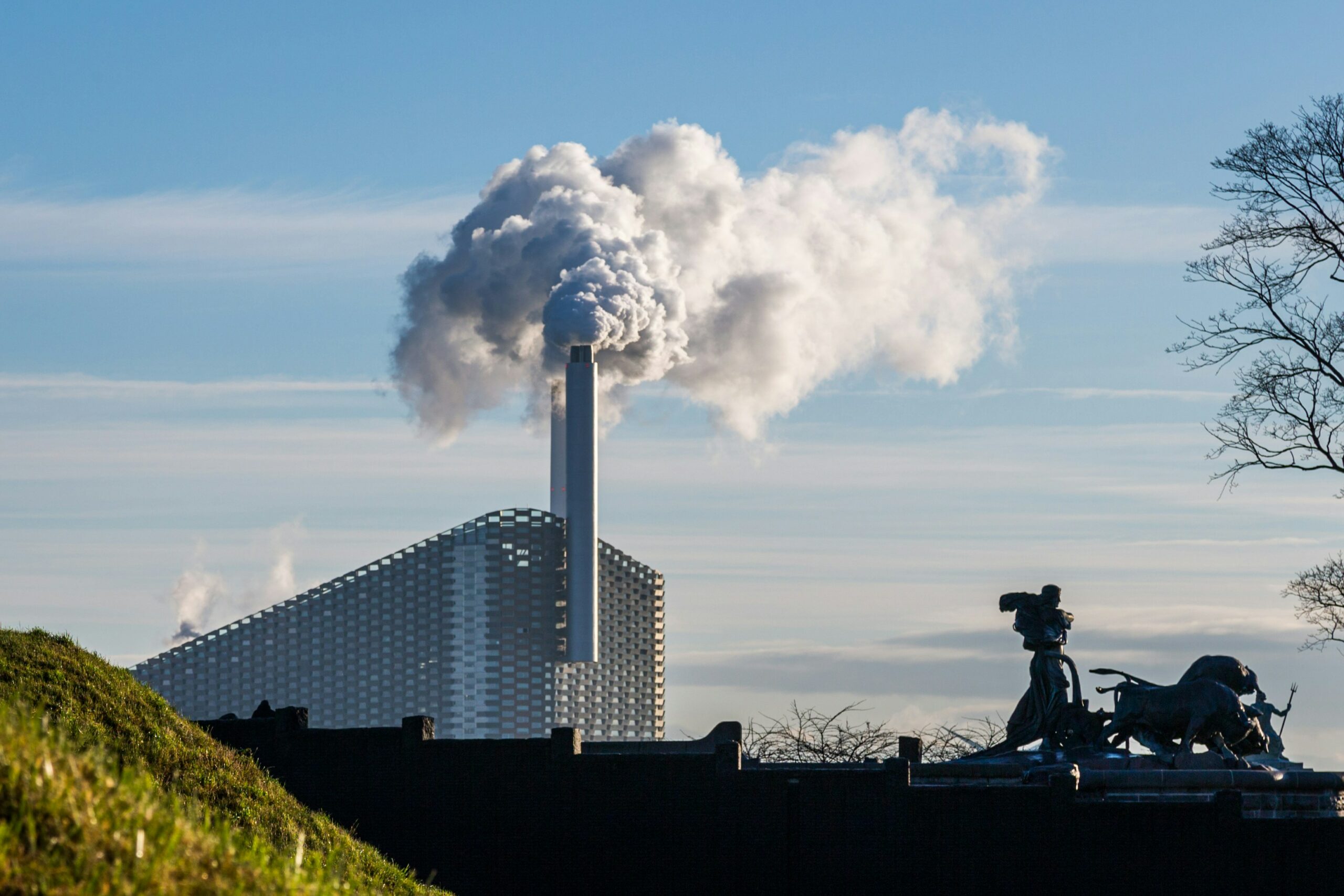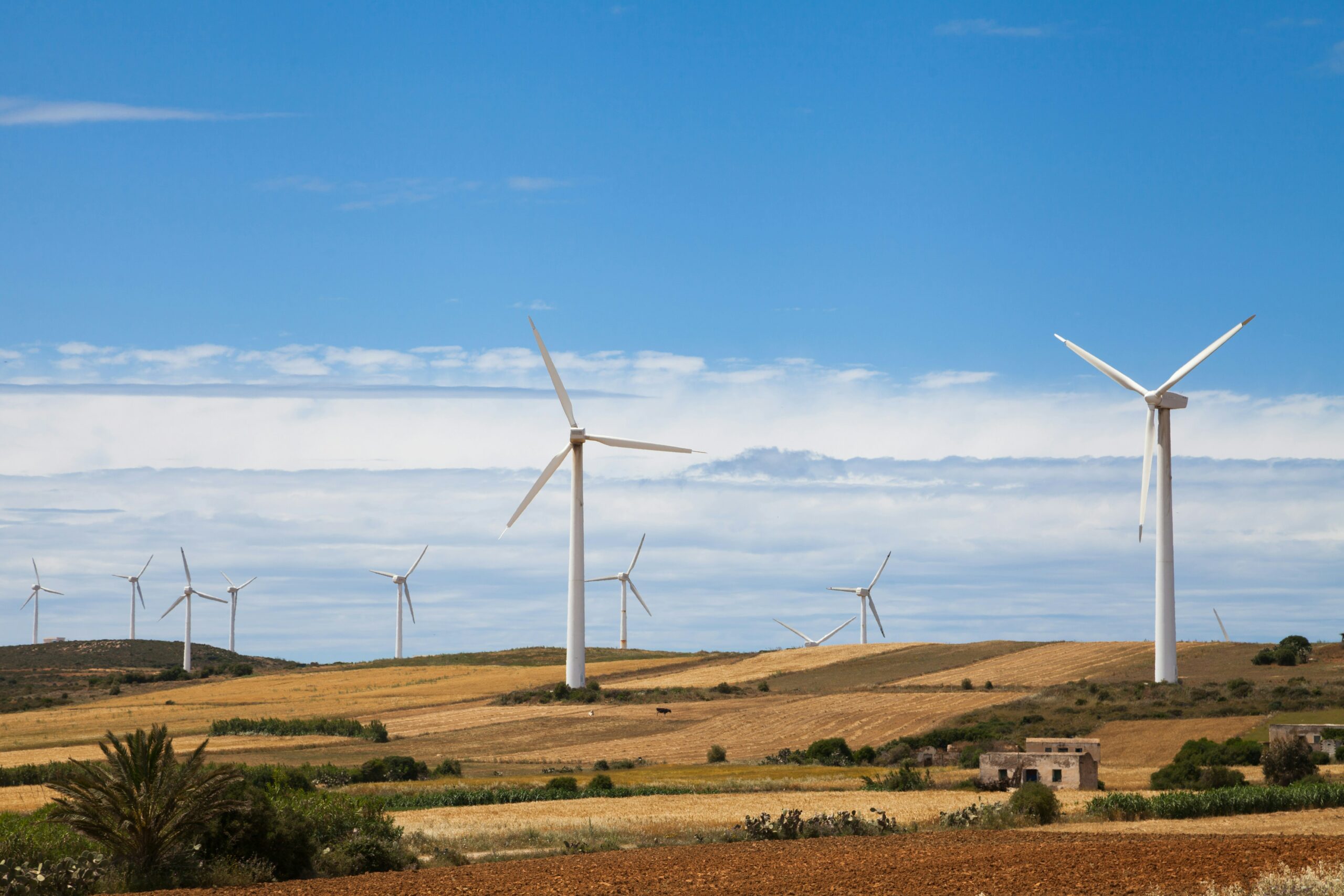California’s Escalating Wildfire Crisis
California is once again grappling with one of the most destructive wildfire seasons in its history, with Los Angeles and surrounding areas bearing the brunt of escalating conditions. Driven by a combination of prolonged drought, extreme wind events, and human-induced factors, the state faces an increasingly volatile wildfire season that stretches well beyond traditional fire months.
With dry vegetation, fierce Santa Ana winds, and infrastructure vulnerabilities, the risks are mounting, threatening not only natural landscapes but also communities and lives. “Beautiful Altadena’s one-of-a-kind town was destroyed. But we can rebuild,” columnist Sonali Kolhatkar writes, capturing the heartbreak and resilience of communities grappling with the aftermath of such devastation.
The wildfires in Los Angeles and surrounding areas began to intensify in early January 2025, with the Palisades and Eaton fires igniting in the first week of the month. By mid-January, conditions had worsened, with high winds and record-dry conditions exacerbating the situation. These fires highlight the increasingly severe and unpredictable nature of wildfires in the region, as climate change continues to amplify both the frequency and intensity of such events.

The Unrelenting Forces: Fuels and Winds
California’s wildfires are a complex interplay of various natural and human factors. Two key elements drive the potential for catastrophic fires: fuels and winds. Fuels—ranging from grasses and shrubs to trees—serve as the material that fires consume. In recent years, intensified drought conditions have dried out vegetation, creating perfect fuel for flames.
The other crucial ingredient is the wind, particularly the fierce Santa Ana winds in Southern California. These winds bring dry, hot air from the deserts, accelerating the spread of fires. As columnist Anita Chabria writes, “In the Trump-Musk post-truth world, conspiracies are traveling faster than the flames when it comes to the L.A. fires,” underscoring how misinformation can compound the challenges of wildfire management, sowing confusion in an already chaotic environment.
Recent forecasts predict that Los Angeles’s record-dry start to its rainy season will exacerbate these conditions. A persistent drought has led to a decrease in rainfall, with the region receiving just 2% of its normal rainfall. This significantly diminishes moisture levels in the landscape, making vegetation even more susceptible to ignition. Furthermore, the return of the Santa Ana winds has sparked concerns, with wind speeds predicted to reach up to 70 mph, allowing embers to travel long distances and ignite new fires.
Role of Climate Adaptation
As California faces a prolonged wildfire season, it is evident that the region’s climate adaptation strategies must evolve. While wildfires are a natural part of California’s ecosystem, the intensity and frequency of these fires have escalated in recent years due to climate change. In addition to the immediate response efforts, several long-term adaptation strategies need to be implemented.
Urban Planning and Fire-Resistant Infrastructure
Cities like Los Angeles need to reassess urban planning and building codes to reduce fire vulnerability. The use of fire-resistant materials in homes and the creation of defensible spaces around properties can minimize the spread of fires. Moreover, local governments must ensure that firebreaks—strategic gaps in vegetation—are maintained to slow the spread of fires.
Reforestation and Fuel Management
The management of wildfire fuels is essential to reducing fire risk. This includes controlled burns and the removal of dead or excessively dry vegetation. In drought-prone areas like Southern California, reforestation programs focused on planting fire-resistant species could provide a buffer against the spread of flames.
Community Education and Preparedness
Communities in high-risk areas need to be educated on wildfire prevention and emergency response protocols. As human activity accounts for up to 95% of California’s wildfires, preventing accidental ignitions is critical. Initiatives like fire safety education, improved firewatch monitoring, and fire bans during high-risk conditions should be expanded.
Tackling the Root Causes with Climate Mitigation
Mitigating the impacts of climate change remains a priority in order to prevent the conditions that make these wildfires so catastrophic. Addressing the root causes of drought and rising temperatures can help reduce the intensity and frequency of wildfires in the long run.
Transition to Renewable Energy
California’s utility infrastructure, particularly power lines, has been a focal point in the ignition of several fires, including the Eaton fire. To mitigate the risk of fire sparks from electrical equipment, California must continue to invest in transitioning its energy grid to more resilient, renewable sources, such as solar and wind. Moreover, undergrounding power lines in high-risk fire zones could prevent equipment failures from sparking wildfires.
Enhanced Drought Management
With climate change exacerbating California’s drought cycles, more aggressive water conservation and drought management policies are needed. Expanding water storage capacity, improving irrigation practices, and investing in desalination technologies could help reduce the strain on the water supply during dry periods.
Carbon Reduction and Climate Action
Reducing greenhouse gas emissions remains paramount in the fight against climate change. California has long been a leader in setting ambitious carbon reduction targets, but to truly combat the changing climate, the state must accelerate efforts to curb emissions across industries, including transportation, agriculture, and manufacturing. “After the surgeon general’s warning on alcohol, people of faith should rethink sacramental wine,” writes columnist Eli Federman, drawing a compelling parallel to the need for systemic re-evaluations of longstanding practices that contribute to a changing climate.
Climate Insider Analysis
As the current wildfire crisis unfolds, it serves as a powerful reminder of the interconnectedness of climate change and natural disaster management. The conditions that have led to the devastating fires in Los Angeles are a direct result of years of warming temperatures and changing precipitation patterns. The combination of extreme drought, record-low rainfall, and intense wind events is a growing threat for communities in California and beyond.
- The Need for Comprehensive Fire Management: Addressing fire risk requires more than just immediate firefighting efforts. Long-term strategies for fuel management, urban planning, and community preparedness are essential to reducing the impact of future fires.
- Drought and Water Scarcity: With California’s water supply increasingly under stress, adapting to these new realities will require both infrastructure investment and policy changes focused on water conservation and management.
- Energy Transition and Infrastructure Resilience: Shifting to a cleaner, more resilient energy infrastructure will play a key role in preventing the ignition of future fires while also reducing the state’s overall carbon footprint.
- Mitigation and Prevention: Ultimately, the most effective solution to California’s wildfire problem lies in addressing the root causes of climate change. By implementing stricter climate action policies and reducing emissions, the state can work toward preventing the conditions that make wildfires more devastating.
As California continues to grapple with the devastating impacts of climate change, its approach to adaptation and mitigation must evolve to protect both people and the environment from the growing wildfire threat.
Featured Image: Credit: AP News








